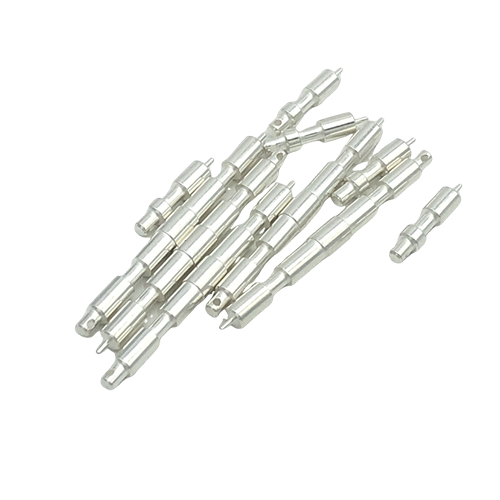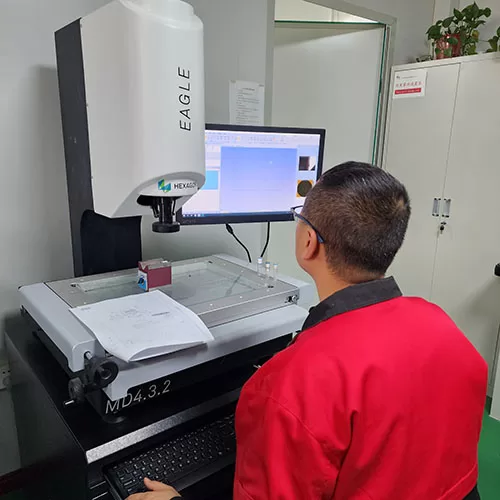Hi-Precision manufatures aluminum CNC turning parts for various industries around the world. Our advanced CNC lathes and experienced team can process almost all types of non-standard aluminum parts. 100% quality inspection before each shipment ensures that every part you receive is qualified! Contact us now for manufacturability feedback!

How to Get Aluminum CNC Turning Parts?
You will need to provide us with detailed part design drawings including dimensions, tolerances, material specifications and any specific surface finish requirements.
As a professional CNC machining company, we will give a reasonable quotation after receiving your drawings. Once the samples are confirmed to be qualified, we will start mass production.
After production and inspection, the parts will be delivered to your designated address via logistics.

